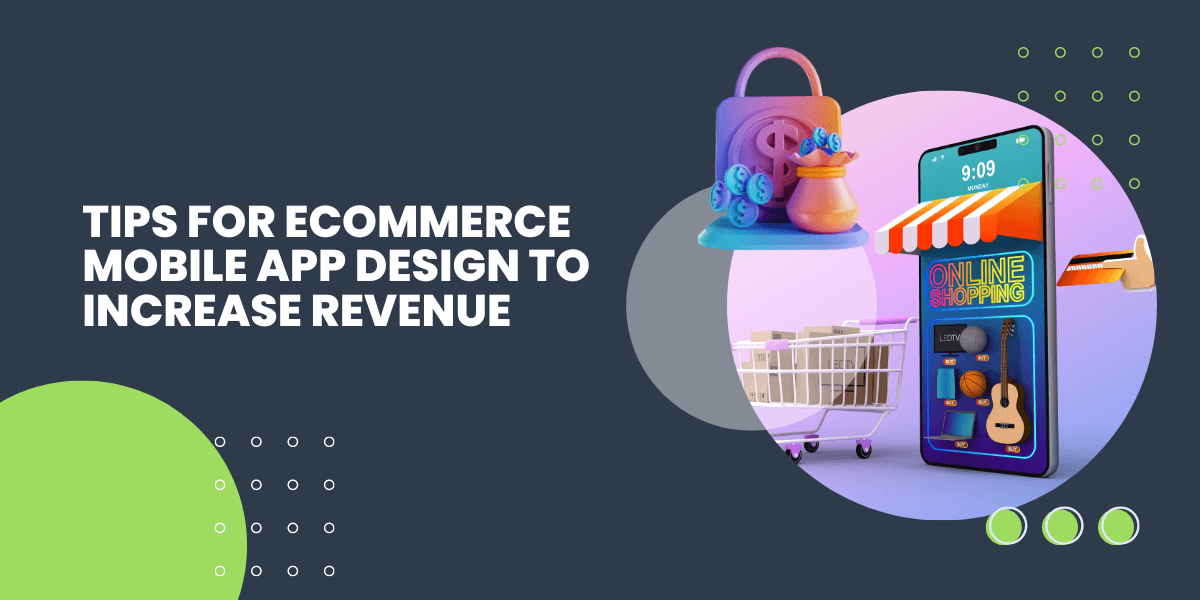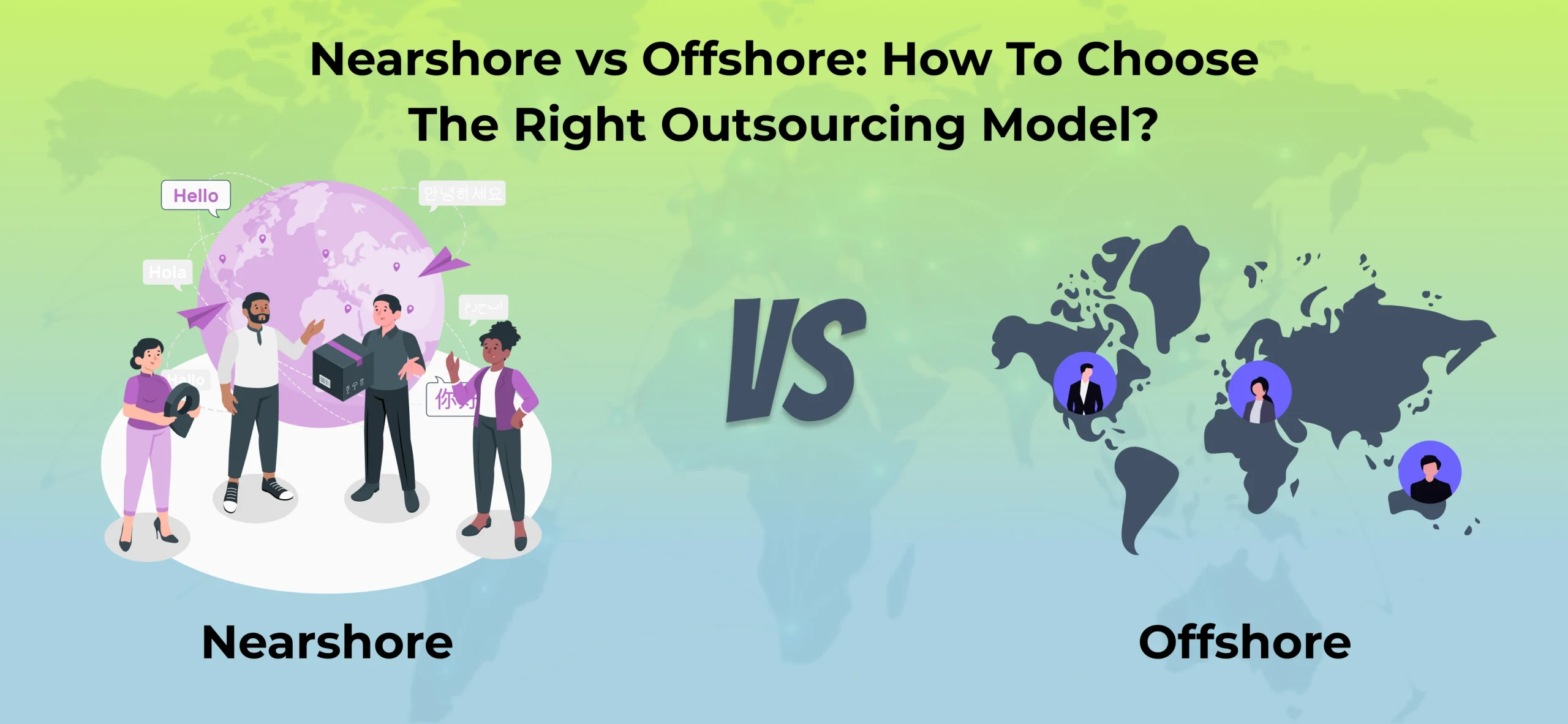Mobile eCommerce is transforming the online purchasing experience of consumers; mobile store applications are now more convenient than ever. With eCommerce app design tips, you will provide richer user experiences. This aspect of the eCommerce app development company is crucial since it offers lucrative solutions and gives customers the possibility to find your app helpful.
eCommerce mobile app development is not unusual, but developing a successful eCommerce Mobile Application is difficult. As it is common knowledge that the social commerce and eCommerce industries are thriving, every stakeholder wants to join the bandwagon. Meanwhile, the number of eCommerce mobile app development is growing. Therefore, it is difficult to survive in the crowded app market and face such competition.
We give ten eCommerce app design tips to help you enhance conversion rates and foster a customer-centric user experience.
Tips For ECommerce Mobile App Design To Increase Revenue

User-centric search engine development
Make account creation simple and straightforward. Consider allowing registration through social media platforms such as Facebook and Google or by phone number. At this time, it is crucial to both educate clients about their new account and initiate brand loyalty with this new product.
Straightforward signup and purchase process
You may shorten the time it takes to check out by only requesting customers’ personal information when it’s really necessary. It is essential to maintain the user experience (UX) as basic as possible, and it should fit entirely on the screen of the mobile device without the need to scroll. The majority of customers find it annoying when the registration and purchasing procedure takes more than one page to complete. Therefore, you are effectively testing their patience, which is the common cause for customers to quit their carts and result in lost revenue. Make advantage of autofill fields and provide consumers the ability to quickly change their purchases to increase the likelihood that your checkout process will be perfect.
Maintain a minimalist look
Users are more likely to successfully locate purchases when the UI is streamlined. Consequently, keep the user interface (UI) simple. Keeping first-time users in mind is essential for creating a pleasant user experience. The app’s user interface should be intuitive and in line with the minimalist ideal. The eCommerce app design tips for achieving a minimalist aesthetic involves a monochromatic color scheme. It utilizes only one font style and staying mindful of the need for separation.
Horizontal filtering
The majority of websites use interfaces with vertical sidebar filtering on the left. Nevertheless, horizontal filtering is now gaining favor. This is due to the fact that it gives the following benefits:
Filters could be seen while scrolling and the whole page width could be utilized on tablets and mobile devices.
The design has larger images with more and better information that might fit on a page.
The utilization of sliders, paragraphs, and tablets, in addition to checkboxes, is facilitated by the adaptability of horizontal filtering.
Put more of a focus on navigation
The navigation of your eCommerce mobile app design should be refined to get the best possible sales results. Among other things, this may entail designing a flow that is intuitive for users. In this manner, people are able to make more purchases without experiencing feelings of exhaustion or dissatisfaction. Utilizing standard components is one strategy that may be used to improve the navigation experience. Although it’s understandable to want to be noticed, navigation patterns aren’t the ideal arena for putting your creative skills to the test. In addition, it is essential to make the navigation options apparent so that users can easily know what choices are available to them.
Allows multiple payment method
When customers reach the payment gateway, they often leave their shopping carts because of worries about convenience and security. Online shoppers may rest easy knowing that they have a growing range of trusted payment methods at their disposal. Customers may prefer not to submit their credit card information when presented with third-party payment choices supported by reputable brands. It’s also a good idea to look at “buy now, pay later” (BNPL) alternatives like Klarna and Paypal Credit. It is hard to choose between Stripe, Paypal or Brainree. However, BNPL is a kind of POS credit that lets buyers spread out their payments for things they’ve already received.
Also Read:
To Sum It Up…
Revolutionize your ecommerce customer experience with Progressive Web Apps (PWAs), leveraging features such as web push notifications and seamless app installation on users’ devices. The PWA, once installed, may be accessed directly from the home screen, eliminating the need to go to the browser. The technology underpinning PWAs is based on using up-to-date browser APIs like the Service Worker API and the Cache API to provide offline functionality and quick load times. The functionality of these APIs lies in the fact that they let the PWA store assets and data locally, hence minimizing the amount of data that must be downloaded during future visits. Integrate a robust checklist for Ecommerce App Development, encompassing PWA implementation, responsive design, secure payment gateways, personalized user experiences, and efficient inventory management to ensure a comprehensive and successful online shopping platform.



